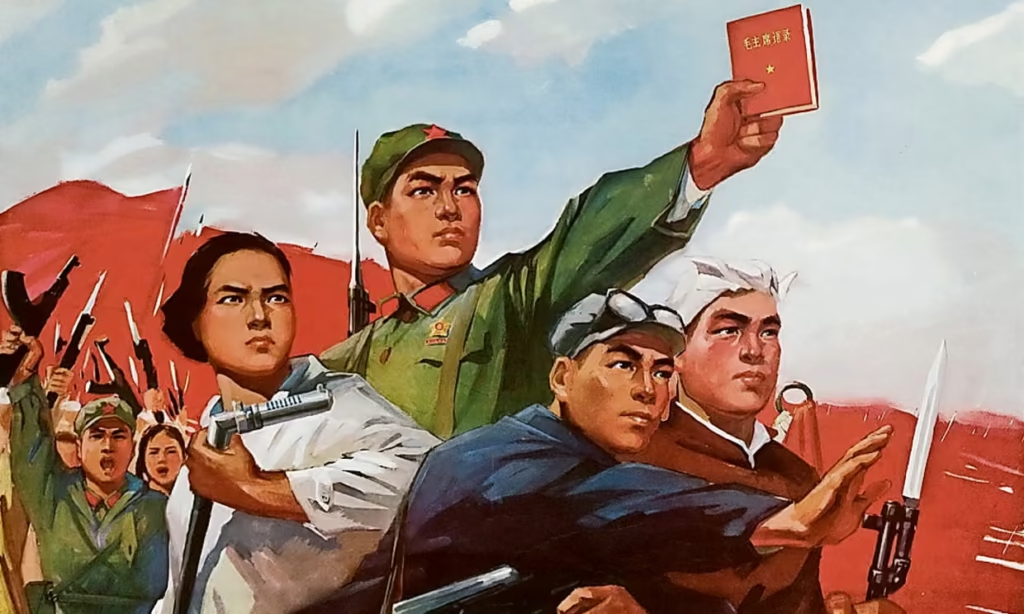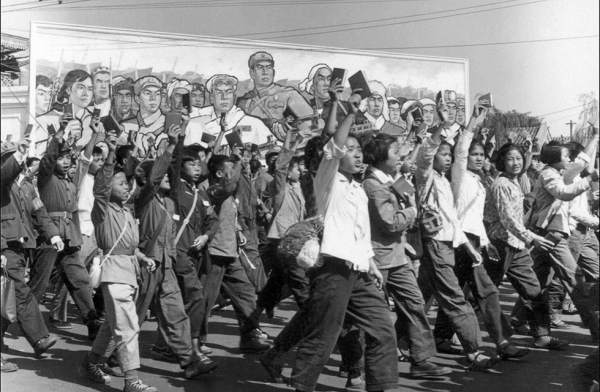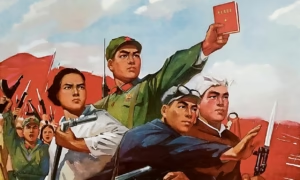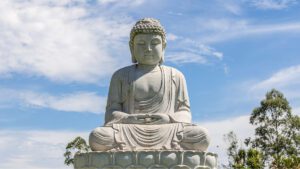The Cultural Revolution in China: History, Impact, and Legacy
The Cultural Revolution in China (1966–1976) was one of the most transformative — and controversial — decades in modern Chinese history. Initiated by Chairman Mao Zedong, it aimed to revitalize the communist spirit, eliminate capitalist influences, and ensure China remained on a socialist path. While Mao presented it as a way to achieve equality and prevent corruption within the Chinese Communist Party, the movement also resulted in widespread persecution, social upheaval, and cultural loss.

Origins of the Cultural Revolution
In the mid-1960s, Mao feared that China was straying from its revolutionary path. He believed some leaders within the Chinese Communist Party were becoming too bureaucratic and drifting toward capitalism — a danger he labeled “revisionism.”
To prevent this, Mao launched the Great Proletarian Cultural Revolution in 1966. His stated goals included:
Preserving the revolutionary ideals of socialism.
Preventing a new elite class from emerging within the Party.
Mobilizing the youth to challenge authority and embrace revolutionary thinking.
Erasing “old ideas, old customs, old culture, and old habits” (the “Four Olds”).
The Red Guards and Mass Mobilization
Mao turned to China’s youth, encouraging students to form groups known as the Red Guards. Their mission was to defend socialism by attacking “bourgeois” influences in society.
The Red Guards played a dual role:
Positive intention: They symbolized youthful energy and revolutionary purity, empowered to fight inequality and corruption.
Negative outcome: Many engaged in violence, denouncing teachers, intellectuals, and even family members, leading to chaos.
Schools and universities closed, traditional temples and relics were destroyed, and public life was consumed by political struggle.
Key Policies and Campaigns
The Cultural Revolution reshaped society through several campaigns:
Struggle Sessions: Public meetings where individuals confessed to “counter-revolutionary” behavior. Intended to purify thought, they often turned into humiliation and abuse.
The Little Red Book: Mao’s quotations became a guide for daily life, intended to unify people under revolutionary ideals.
Purges within the CCP: Senior leaders, including Liu Shaoqi and Deng Xiaoping, were removed. Supporters saw this as necessary to protect socialism; critics saw it as destructive factionalism.

Social and Cultural Impact
The Cultural Revolution in China left a mixed legacy:
Intended goals: Create a classless society, keep China free from capitalist influences, and maintain revolutionary enthusiasm among the masses.
Actual consequences: Millions were persecuted, education was disrupted for nearly a decade, and centuries of cultural heritage were destroyed.
For many, the Cultural Revolution was both a call to idealism and a period of hardship that deeply scarred families and communities.
Yet, Mao’s movement also reshaped Chinese society by intensifying the idea of continuous class struggle and reinforcing loyalty to the Chinese Communist Party.
The End of the Cultural Revolution
The movement gradually lost momentum after Mao’s health declined. Following his death in 1976, the Gang of Four, a radical faction seen as responsible for its excesses, was arrested. This officially marked the end of the Cultural Revolution.
In 1981, the Chinese Communist Party officially evaluated the movement, acknowledging its goals of defending socialism but condemning its destructive outcomes as a “serious mistake.”
Legacy of the Cultural Revolution
Today, the Cultural Revolution is remembered as a complex chapter in 20th century Chinese history. While widely criticized for its chaos and suffering, it also reflected Mao’s vision of keeping society revolutionary and preventing inequality.
Modern Chinese governance emphasizes stability, gradual reform, and economic development — partly as a response to the instability of that era. Mao remains honored as a revolutionary leader, but the Cultural Revolution is often cited as a lesson in the dangers of unchecked mass movements.






